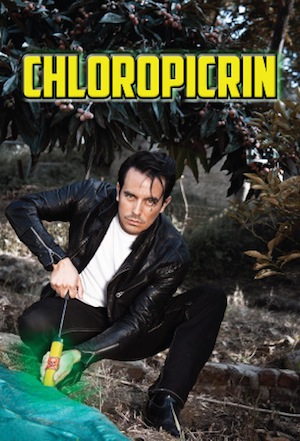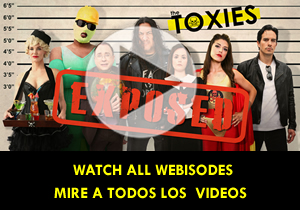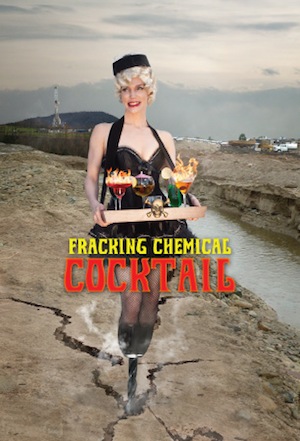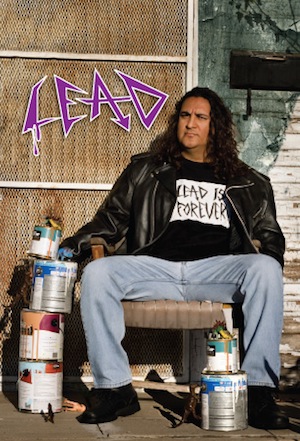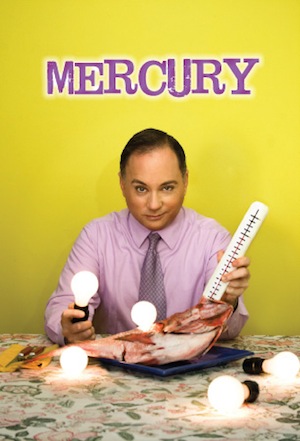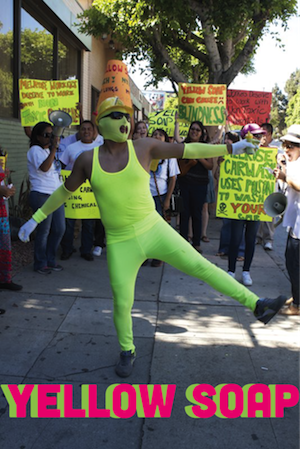worst replacement actor in a series: methyl iodide
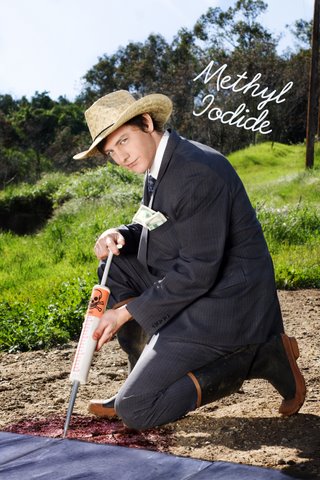 Methyl Iodide has been ready to unpack his bags in California, but has been kept off the set for his cancer-causing ways. Only recently he appeared on the scene as a soil fumigant, registered in the final days of the Bush administration for use as a pesticide. Prior to his agricultural debut, he was used in industrial processes and laboratory research settings where, among other uses, Methyl Iodide was employed to induce cancer.
Methyl Iodide has been ready to unpack his bags in California, but has been kept off the set for his cancer-causing ways. Only recently he appeared on the scene as a soil fumigant, registered in the final days of the Bush administration for use as a pesticide. Prior to his agricultural debut, he was used in industrial processes and laboratory research settings where, among other uses, Methyl Iodide was employed to induce cancer.
His propensity to produce cancer has landed him a spot on California’s prestigious Proposition 65 List, and he’s associated with neurotoxic effects and thyroid disease. Methyl Iodide is currently taking method classes at the Ag Actors Warehouse and auditioning as Methyl Bromide’s understudy in California’s strawberry fields.
In 2007, U.S. EPA issued a one-year registration for methyl iodide as a soil fumigant, despite a letter from 54 scientists including 5 Nobel Laureates expressing “astonishment” that EPA would even consider registering the highly toxic chemical for use in the open field environment. Behind the scenes, EPA’s registration of Methyl Iodide was quietly extended as the curtain came down on the Bush administration.
- In September 2009, CDPR commissioned a scientific review panel to independently assess California’s risk assessment on the chemical. They found that this chemical can’t handle the spotlight. Unfortunately, in the eleventh hour of the Governator’s administration, Methyl Iodide was approved for work in California’s fields for the first time. The agency head who ignored her own scientists to approve methyl iodide for use in California, Mary-Ann Warmerdam, resigned and went to work for Clorox. At least this revolving door was an exit.
- Right now, the U.S. EPA is reconsidering its decision on letting Methyl Iodide get work in any stat, despite intense pressure from Arysta, the largest private pesticide company in the world, to keep it on the market.
- On March 17, the agency opened public comment on our legal petition to end all uses of this pesticide, nation-wide. The science is clear: this pesticide is too toxic to be used safely. But the pesticide industry will keep weighing in.
Learn more at Pesticide Action Network of North America (PANNA) and Californians for Pesticide Reform (CPR).
Actor: John Hale. Photo by: Patricia Mateos Ballestero

